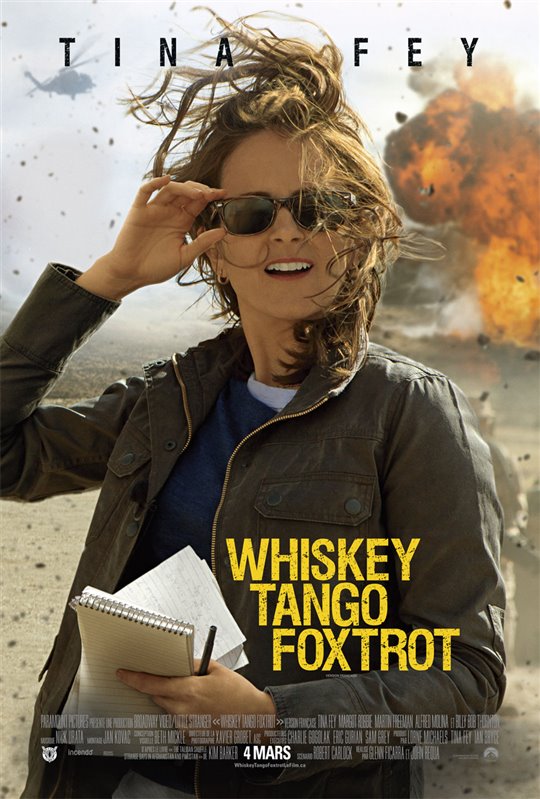

This means that if a step is taken on each beat, then each bar starts with the opposite foot to that of the previous bar. Waltz is danced to music with three beats to the bar. While American Smooth is flashier and generally speaking, more interesting to watch, International Standard retains a level of elegance that is unrivaled in the dance world. When dancing Standard, the dance hold is maintained throughout the entirety of the dance. The most notable difference between American Smooth and International Standard is that in Smooth you will see the partners release dance hold to perform a variety of underarm turns, and side-by-side or shadow figures. Quickstep, long considered to be a Standard Dance, has recently enjoyed a Smooth makeover with the prevalence of shows such as Dancing with the Stars. Foxtrot, Slow Waltz, Viennese Waltz, and Tango are found in both disciplines. Standard & Smooth Dances are often thought of and referred to as Ballroom Dances. Most importantly, the hip motion differs: in American style, one steps onto a bent leg in international style, onto a straight leg. The Rumba dances are dissimilar, even in their basic counts, with steps on counts 1, 3, 4 for American and 2, 3, 4 for international.

While each category has cha cha, rumba and a swing dance, international has Samba and Paso Doble, while American has Bolero - another, slower Rumba dance - and Mambo. Additionally, the goal in both styles is to get around the floor efficiently and with ease while maintaining the unique characteristics of each dance, smooth/standard, rhythm/Latin has relatively little overlap. In fact, most of the movement characteristics and a few of the figures are the same in both styles. Not that one is necessarily easier to learn and master. Each of the styles is further separated into 2 sub-categories: Standard and Latin in the International Style Smooth and Rhythm in the American Style. Since the two distinct styles evolved side-by-side, each one has influenced the development of the other to varying degrees through the years. The added drama in American Style can be attributed to the influence of Hollywood in the early 20th century. International Style was developed mainly in England and tends to be more standardized, while American Style is much flashier and has almost limitless variations. The events that play out (even without having prior knowledge) are predictable and sort of uninspiring.įey and her co-stars do just enough on their unfocused script to keep you slightly entertained off their charisma, but despite being a fan of all the players involved (Freeman & Robbie to boot), there's just not enough focus here to give WTF more than a glance.Separated into two main schools: International and American.

We are rushed through much of their character background, so there's never really a true moment to feel for or bond with any character over the two hours. Insert Kim Barker (Tina Fey) and her small band of press colleagues. It truly was overshadowed by Iraq during the mid 2000's, and while most people understand it as the hotbed for the Taliban and Osama, it appeared there was more to it behind the scenes of the media. I enjoy watching movies about informative periods in my time I'm not always the most up-to-date on, like the war in Afghanistan.
Foxtrot and tango movie#
There's nothing worse than watching a movie for two hours and not knowing whether it's appropriate to laugh or not. The problem with Whiskey Tango Foxtrot, aside from the name being completely lost on me outside of the WTF acronym, is I couldn't tell if I was watching a drama infused with some comedy or a comedy infused with some drama. Her writing and producing is usually above average and she was always one of my favorites on network TV. I always enjoy a Tina Fey movie when the chance presents itself. Rating: R (Pervasive Language|Drug Use|Some Sexual Content|Violent War Images) Amid the militants, warlords and nighttime partying, Barker discovers the key to becoming a successful correspondent. Luckily, she meets Tanya Vanderpoel (Margot Robbie), a fellow journalist who takes the shellshocked reporter under her wing. Dislodged from her comfortable American lifestyle, Barker finds herself in the middle of an out-of-control war zone. In 2002, cable news producer Kim Barker (Tina Fey) decides to shake up her routine by taking a daring new assignment in Kabul, Afghanistan.


 0 kommentar(er)
0 kommentar(er)
